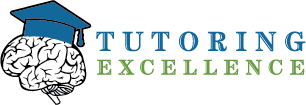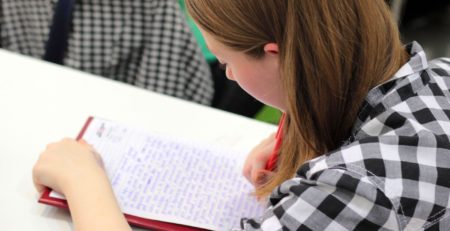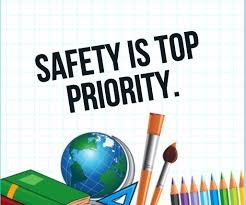Learning to Read Isn’t Fair
For some students learning to read comes easy, but for others, it’s a difficult and agonizing process. If it is not addressed early in a child’s life it can cause life-long academic problems. According to the Education Department’s National Assessment of Educational Progress (NAEP), “roughly one-third of American fourth graders read at or below what’s considered the basic level.” As children get older, the scores get slightly better but still by eighth grade about one-fourth of students do not read at basic achievement levels. The reading struggles persist into high school with no change in percentages. Colorado legislators to address this issue passed the Colorado Reading to Ensure Academic Development Act (Colorado READ Act) which focuses on early literacy development for all K-3 students. This instruction “Science of Reading” focuses on Phonics which is essentially sounding out words and vocalizing letter sounds as parts of words. This counters the teaching method adopted roughly a decade ago called “Balanced Literacy”, which is still taught in many schools across the country. Many teachers refer to this method as “Picture Power” because it encourages students to guess certain words by looking at pictures on a page to decipher words. Like any program, the “Colorado READ ACT” has its critics who believe that it is just a fad and that it does not address the underlying issues of underfunded schools, poverty, and social issues. It also focuses too much on repetition and drills to decode words and students never learn a passion for books.
One size does not fit all. This is why at Tutoring Excellence we learn how your child learns. For some students in Pre-K – Kindergarten pictures assist them in developing word association, contextual clues, vocabulary development, and phonological awareness while practicing letter sounds. Most picture books utilize this method. “Can you find the “Apple” on the page?” Great! “Now what letter does the word “Apple” start with?” A, Great! “What sound does the A in Apple make? By asking the child what sound the A makes we have just integrated Phonemic awareness and the “Science of Reading”. Some students need a more concentrated approach to Phonemic Awareness such as Dyslexics. Here we utilize an Orton – Gillingham-based program that utilizes a multisensory approach that actively involves students in the learning process through sight, sound, and touch. This instruction is based on a child’s development level and ability rather than on age or grade level. Give Tutoring Excellence a call so we can assist your child in learning to read.










